Custom sweaters are becoming more popular for both formal and casual wear, the most popular options for high-quality sweater are wool and cashmere. Wool, which is derived from sheep, is renowned for its longevity and natural warmth, which makes it ideal for a variety of climates. Cashmere is derived from cashmere goats, it possesses a remarkable softness and a lightweight feel, though it comes at a higher price.
This article will discuss the primary differences between wool and cashmere, it will also help you choose the appropriate custom sweater for your particular needs of brand. Whether you’re in search of comfort or fashion, it’s crucial to know the benefits of each material.
Ⅰ. Understanding Wool and Cashmere
1. What is wool?

Wool is a natural fiber derived from sheep, it’s renowned for its variety and longevity. Several varieties of wool are available, including Merino and lambswool, both of which are popular for making sweaters. Merino’s wool, in particular, is celebrated for its softness, breathability, and moisture-wicking capabilities, which make it ideal for both hot and cold climates. The wool’s fibers are able to trap air, this provides exceptional insulation while also allowing the skin to breathe.
For more information about the different types of wool, visit the company that specializes in them, called Woolmark.
2. What is Cashmere?
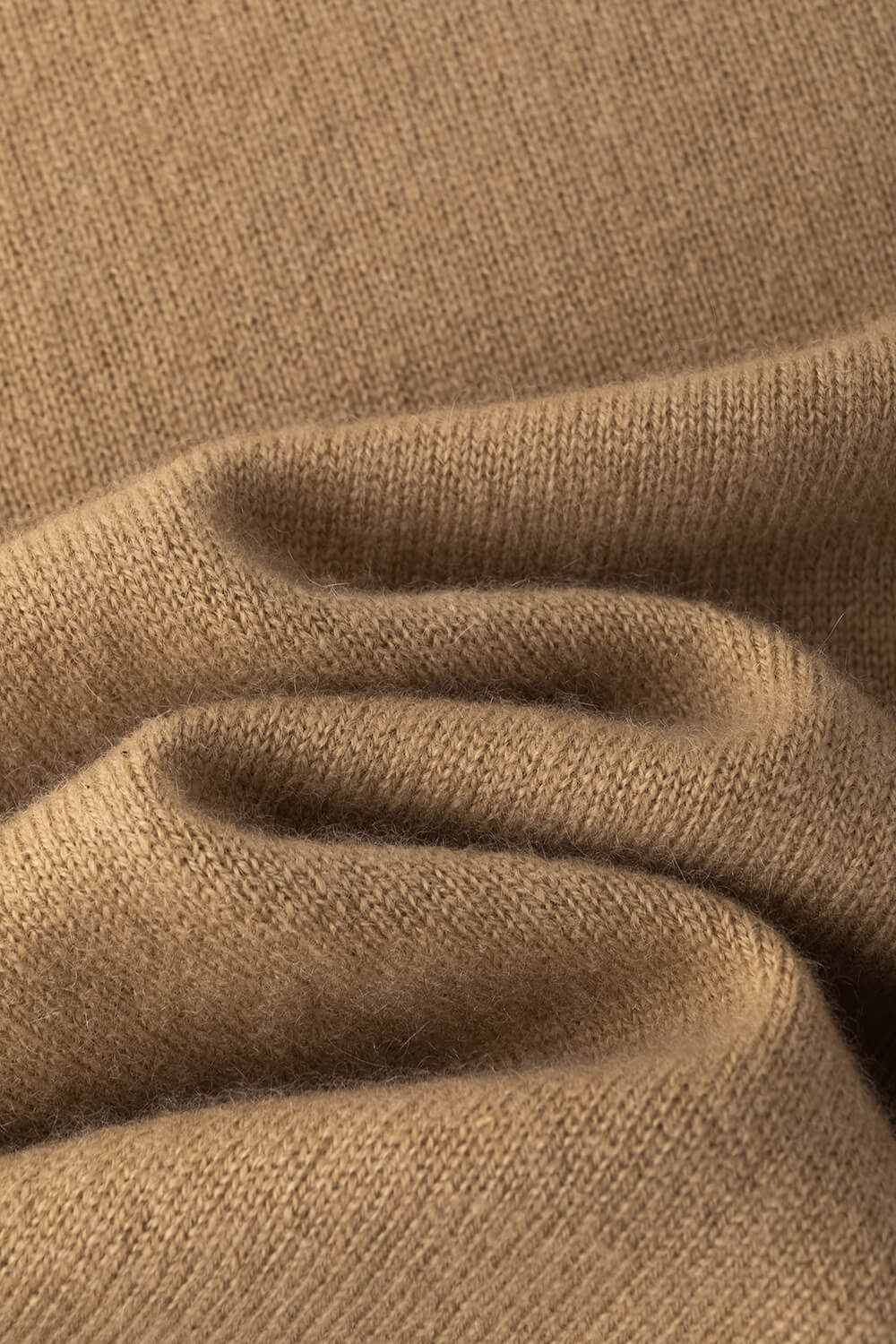
Cashmere is a sought-after fibre derived from the soft underskin of cashmere goats, primarily located in the Himalayan areas. Famous for its exceptional softness and lightweight nature, cashmere is renowned for providing unparalleled comfort. Unlike wool, cashmere’s fibers are smaller and have a silky quality, this is why they’re popular in high-end sweaters. However, the manufacturing of cashmere is more time-consuming and expensive, which contributes to its higher cost of purchase.
To learn more about cashmere and the benefits associated with it, visit The Cashmere Association.
3. Differences of Key importance
While both wool and cashmere have benefits that are unique, understanding their differences can help you in making the best decision. Wool is typically more long-lasting and more resistant to damage, it is therefore ideal for daily use. Conversely, Cashmere promotes a luxurious sensation and superior softness, both of which are ideal for special occasions or relaxing lounging.
As you consider your options for a custom sweater, consider the mixture of style, comfort, and budget. Each material has its designated place, and your selection will depend on your personal preferences and lifestyle.
This foundation facilitates a more extensive investigation of comfort, warmth, durability, and other important aspects in the following sections.
Ⅱ. Comfort and Feel
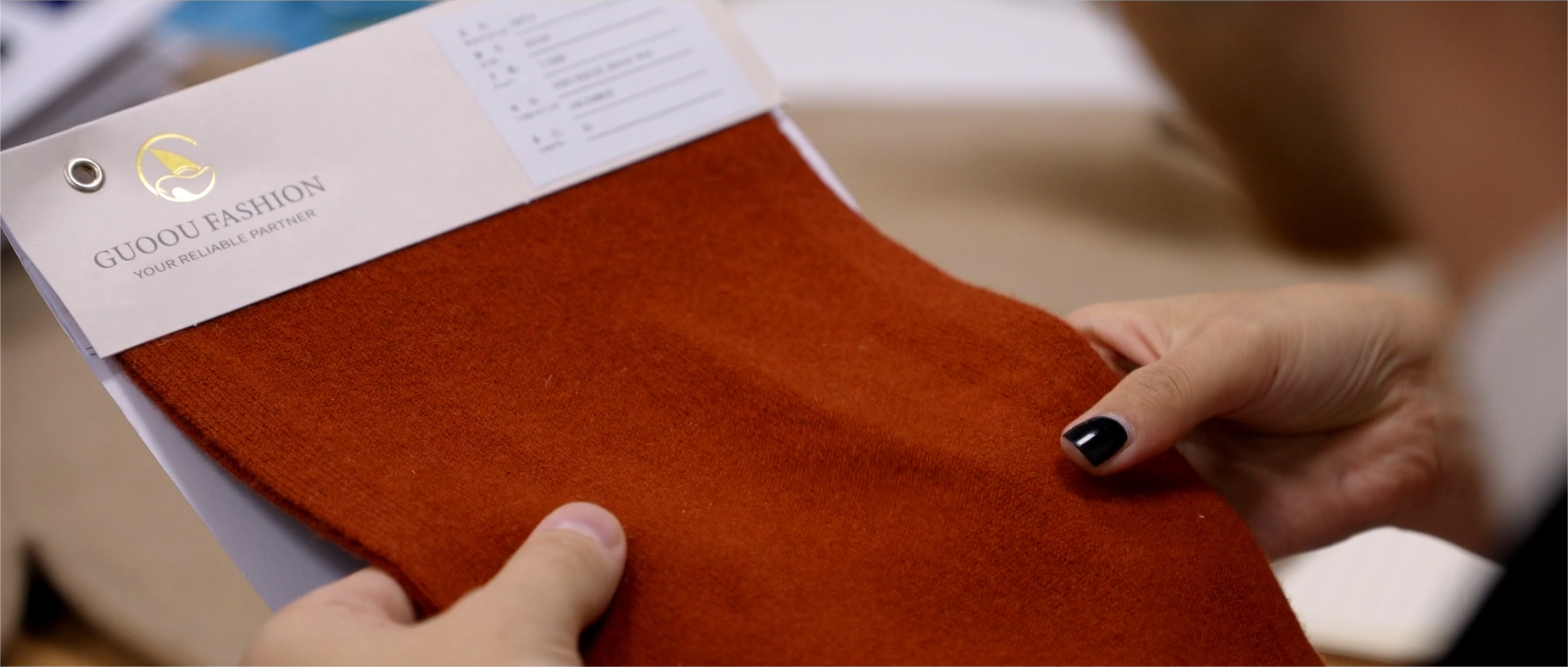
For brands that specialize in custom sweaters, understanding the comfort level of wool and cashmere is important for developing products and satisfying customers. Wool, especially high-end options like Merino, provides a variety of experiences. Merino wool is both soft and breathable, which is ideal for a broad customer base. Its inherent flexibility allows for a snug fit that doesn’t compromise comfort, attracting consumers who value functionality and feel.
Cashmere is renowned for its unparalleled docility, which increases the customer’s experience to a superior level. The small fibers produce a silky feel that customers enjoy, this is why cashmere is a popular choice for high-end products. Brands can capitalize on this esteem by utilizing the luxury feel in marketing strategies, they will emphasize the comfort and high-end quality that cashmere exhibits.
A significant aspect of brands is the hypoallergenic nature of their materials. While some traditional wool may cause skin to become irritated, high quality merino wool is typically more gentle, this reduces the number of complaints and returns. This aspect is of paramount importance in maintaining brand reputation and customer commitment.
Conversely, Cashmere is typically considered hypoallergenic because of its smooth fibers. This attribute facilitates brands in reaching consumers with specific sensitivities, increasing their reach in the market. Highlighting these attributes in product descriptions and promotional materials can increase brand popularity and trust.
Ⅲ. Warmth and Insulation

When it comes to providing warmth, both wool and cashmere have unique attributes that fit different purposes. Wool is well-known for its superior insulation qualities. The composition of wool’s fibers promotes the trapped air, which creates natural thermal pockets that retain heat while allowing moisture to escape. This causes wool sweaters to be ideal for recreational activities in cold weather, as they help to regulate the body’s temperature effectively.
Cashmere has a different approach to providing warmth, but it still provides a significant amount of warmth. Its delicate fibers are exceptionally effective at capturing heat, providing a soft, inviting layer that lacks bulk. Cashmere sweaters are lightweight but still provide a lot of warmth, which makes them ideal for layered wear during the colder months or for formal wear that is both beautiful and practical.
For brands, understanding the differences is crucial to designing products that are intended for specific demographics. For instance, brands that activewear focus on the wool’s moisture-wicking and insulating properties, while luxury brands celebrate the lightweight warmth of cashmere.
The distinction between wool and cashmere is often based on the intended purpose of the sweater. Wool is beneficial to outdoorsmen; it provides the stability and warmth necessary for recreational activities like hiking or skiing. Brands that target this market can promote features like moisture management and insulation in their promotional materials.
Conversely, cashmere is beneficial to those who want a small, luxurious addition to their daily wear. It’s a wonderful choice for interior settings or casual encounters where style and comfort are paramount. Brands can promote cashmere sweaters as essential wardrobe components, highlighting their versatility and warmth while still maintaining their formalwear.
For additional information on the thermal properties of wool, you can visit the [Woolmark Company] for information on the insulation capabilities of wool.
IV. Durability and Longevity
1. Durability of Wool vs. Cashmere
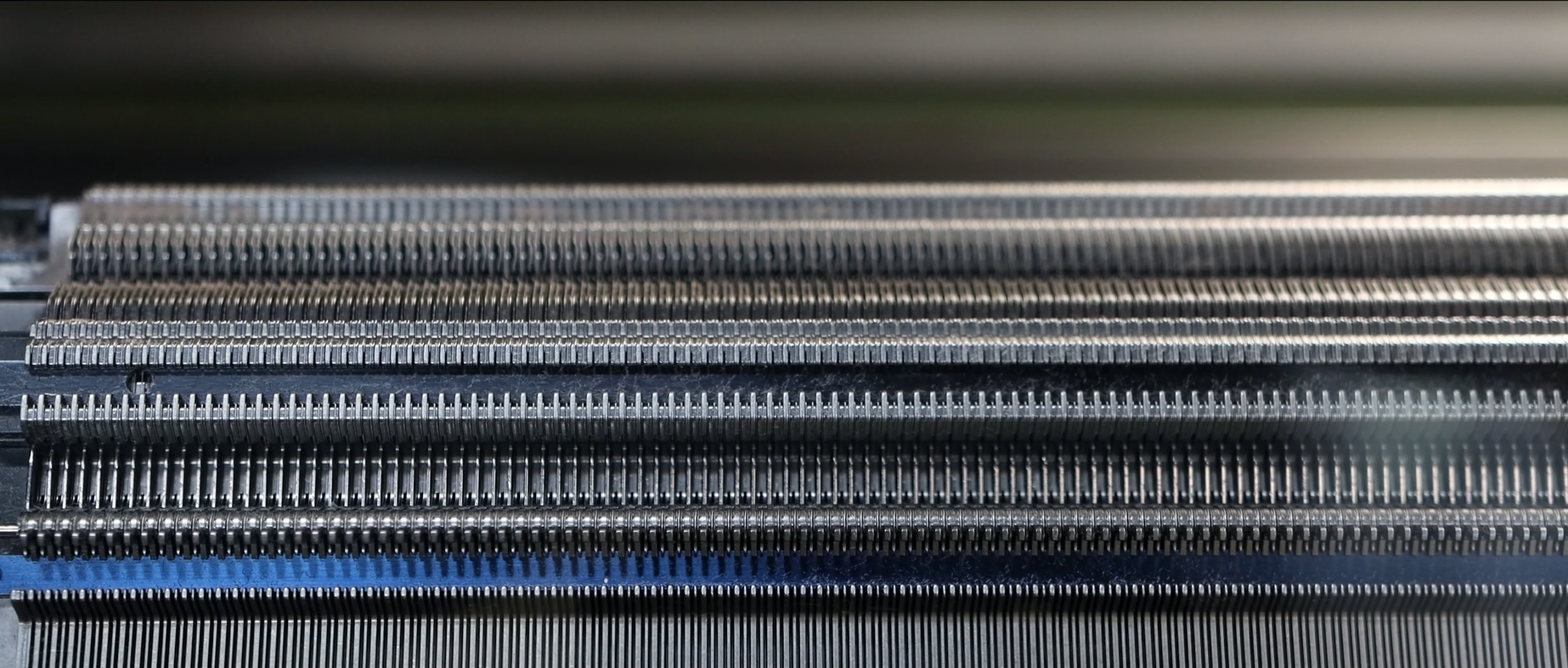
The long-term viability of wool versus cashmere is a comparison between the two made by experts in the field.
When contemplating the durability of a custom sweater, the stability of the fabric is of paramount importance. Wool is renowned for its natural beauty, which makes it a great choice for everyday use. High quality wool, especially that made of merino, is durable and resistant to fraying, this allows it to withstand regular use without showing signs of wear. This durability makes wool sweaters popular among consumers who want a practical, long-lasting option.
Cashmere is considered to be delicate, but generally speaking, it is more expensive than wool. Its small fibers are susceptible to pilling and wear over time, this is particularly true of frequent use. However, the overall quality of cashmere is capable of altering its longevity. Premium cashmere sweaters, when properly maintained, can last for multiple seasons, making them a significant investment for consumers who value luxury and comfort.
For brands, promoting the long-term stability of wool in marketing can attract consumers who value practicality, while promoting the care required of cashmere can educate consumers on how to maintain their investment.
2. Care Tips for Maintaining Quality
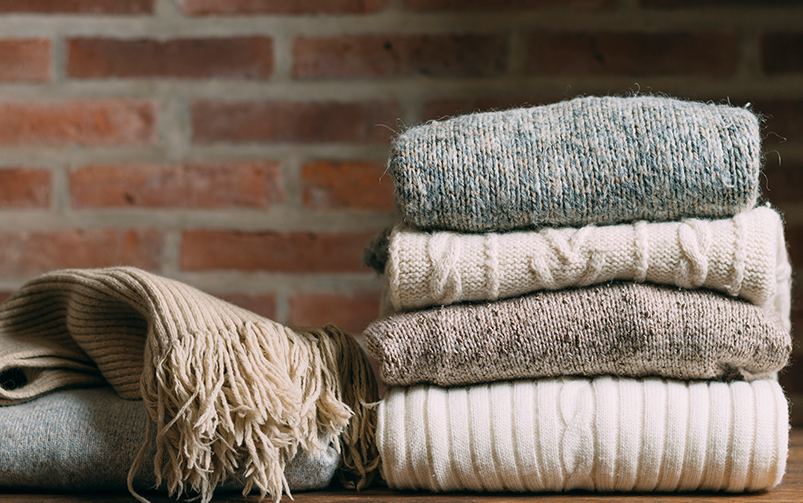
Carefully following the instructions in the fabric care section of the knitwear will extend the life of both wool and cashmere sweaters. Here are some suggested guidelines for caring for the patient:
Wool: Hand wash in cold water with a mild detergent or utilize a washing machine’s wool cycle. Flatten the sheet to allow the shape to remain. For more specific care recommendations, brands can refer to [Wool Sweater Care 101].
Cashmere: Hand scrub or utilize a mild cycle in cold water. Avoid wrinkling; instead, expel the excess water and flat-out dry. Store the knitwear in a folded state to prevent it from being stretchy. For additional information on caring for cashmere, brands can affiliate with reputable organizations like [The Cashmere Association].
While wool is typically associated with greater longevity, high-quality cashmere can also provide long-lasting relaxation with proper care.
Brands that instruct their customers on the maintenance of materials can promote loyalty and encourage re-purchases.
Ⅴ. Price Considerations
1. Price Differences Between Wool and Cashmere
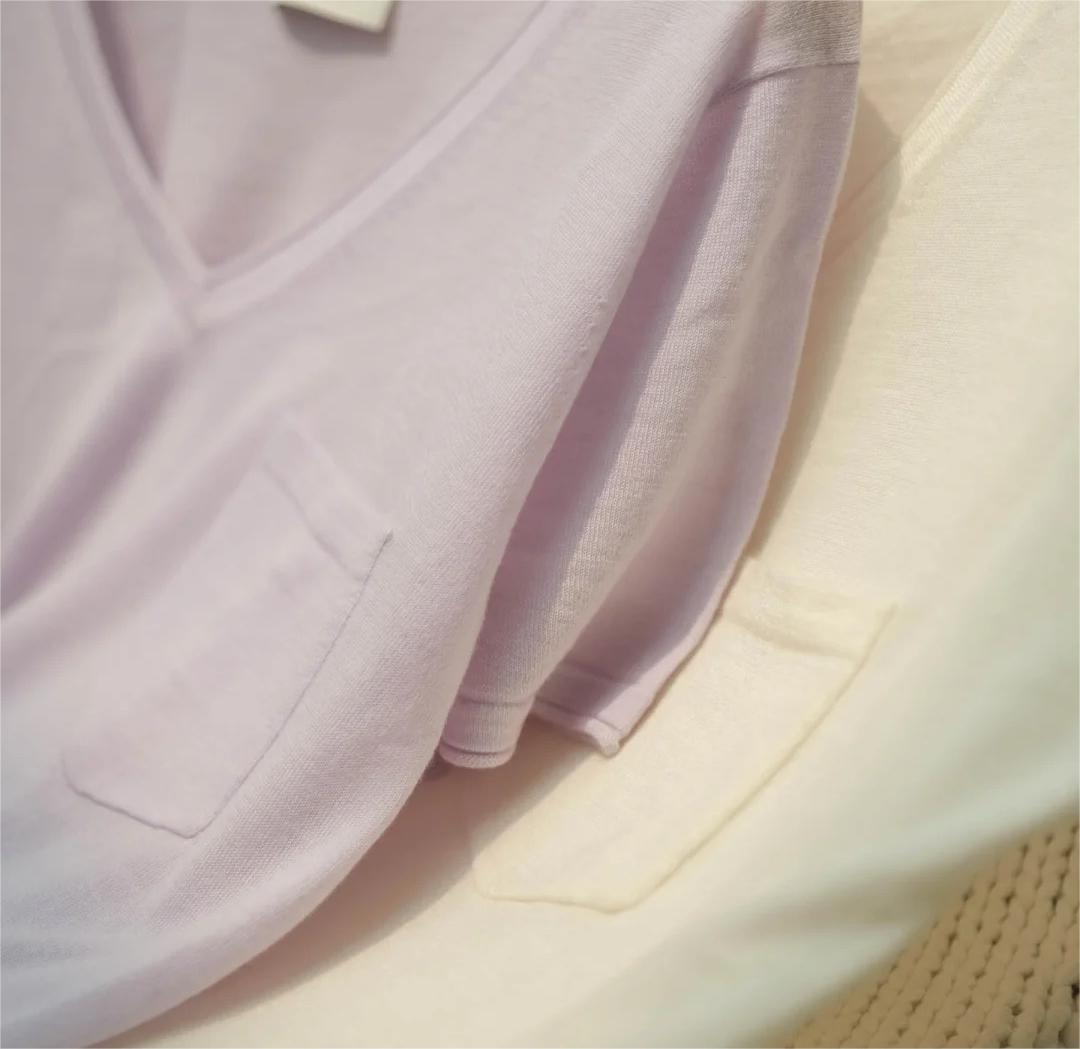
When considering custom sweaters, the cost of the sweater is significant and affects the consumer’s decision. Typically, wool sweaters are more budget-friendly than cashmere alternatives. The cost of wool can differ based on the type and quality, with Merino wool typically lying at the higher end of the spectrum. However, wool is still a popular choice for consumers who want high-quality clothing without paying too much money.
Conversely, Cashmere is considered a high-end fabric. The higher expense is caused by the labour-intensive process of obtaining cashmere fibres; this involves pulling the goats’ wool during the moulting season. As such, cashmere sweaters are often priced higher in the market. Brands can promote cashmere as a high-end product, attracting consumers who seek exclusivity and comfort.
For additional information on the pricing habits of wool and cashmere, brands can visit [How to Price Wool and Cashmere Products Reasonably]
2. Consumer Value and Investment
While cashmere may initially cost more, consumers who are willing to invest in it see it as a beneficial acquisition due to its softness and long life. Brands can promote the long-term value of cashmere, they highlight the brand’s durability and atemporal appeal. Marketing strategies can concentrate on the concept that cashmere sweaters, if cared for appropriately, can have a long lifespan, becoming a common part of any wardrobe.
Conversely, brands that specialize in wool products can promote the practicality and affordability of their products. Highlighting the versatility and capabilities of wool can attract consumers who are budget-conscious and seek quality without the cost of luxury.
Overall, understanding the expenses associated with wool and cashmere can be beneficial to brands in that they can effectively market their products. By focusing on the value of each material, brands can reach different consumer demographics, whether they’re looking for luxury or practicality.
Ⅵ. Customizability options
1. Characteristics and Limitations of Wool and Cashmere
Understanding the properties of wool and cashmere is important in the design and creation of custom sweaters, these materials have unique properties and limitations:
⑴ Wool Characteristics:
- Durability:
Wool is renowned for its steadfastness and longevity. It can withstand everyday wear and tear, which makes it appropriate for clothing that is intended for regular use. Its inherent flexibility enables it to regrow to its original state following stretching, which is beneficial for designed fashions.
- Insulation:
Wool has a superior thermal capacity, it traps air and provides insulation to the cold. This facilitates the creation of warm sweaters that are not overly bulkier, allowing for fashionable, design-appropriate forms. Additionally, wool promotes temperature regulation, which is beneficial for various climates.
- Moisture-Wicking:
Wool is capable of absorbing moisture without becoming wet, this leaves the skin with little to no sweat. This attribute benefits the comfort of activewear and makes wool appropriate for a variety of lifestyles.
- Limitations:
While wool is long-lasting, its texture can be rough, which may not be appropriate for all consumers. Intricate patterns, such as small laces or intricate designs, may be problematic due to their propensity to fray or misrepresent. Heavy embellishments can also have an effect on the sweater’s drape and comfort, thus it’s important to recommend appropriate design decisions.
⑵ Cashmere Characteristics
- Luxurious softness:
Cashmere is celebrated for its exceptional softness and relaxation. It’s significantly more refined than sheep’s wool, which is ideal for design that require a soft feel against the skin. This feeling of luxury is attractive to consumers who seek high-end, inv inviting garments.
- Lightweight Insulation:
Cashmere provides a lot of warmth without adding extra mass. This facilitates the layering of complex patterns, allowing consumers to create beautiful, but not overly bulky, outfits. Its lightweight composition can also facilitate intricate design, such as delicate knits or cable patterns.
- Breathability:
Cashmere is naturally breathable, helping to regulate body temperature. This trait benefits from increased comfort, particularly during transitional seasons.
- Limitations:
Cashmere is more delicate than wool, which makes it susceptible to pilling and wear over time. Extensive customization, such as heavy embroidery or aggressive stitching, can compromise its integrity and appearance.
2. Sustainable Practices in Customization
Including environmental sustainability in the customization process can lead to environmentally conscious consumers. Opportunities include:
Eco-Friendly Materials: Providing organic or environmentally responsible wool and cashmere can attract consumers who seek out environmentally responsible options. Clearly communicating the methods of sourcing products on labels or the internet can instill trust.
Sustainable Dye: The use of non-toxic, environmentally friendly dyes in customization can further promote your brand’s environmentally friendly reputation. Admittedly, providing the public with information about your dyeing process can inspire concern among consumers who want to avoid waste.
Ⅶ. Abschluss
Ultimately, the customization of wool and cashmere sweaters provides brands an opportunity to augment their design offerings and respond to the evolving preferences of consumers. By understanding the singular attributes and shortfalls of these materials, brands can craft products that have both quality and style while also being functional.
Incorporating environmentally responsible practices is crucial to attracting today’s environmentally conscious consumers. Providing wool and cashmere that are responsibly sourced as well as having a transparent production process can help to promote trust and encourage customer commitment.
Through this information, brands can create custom sweaters that are both appealing to consumers and stand out in a competitive industry. As the industry continues to evolve, with an emphasis on customization, sustainability, and consumer participation, it will have a significant impact on the wool and cashmere markets over the long term.

 English
English Deutsch
Deutsch Français
Français Italiano
Italiano Español
Español Русский
Русский Polski
Polski Nederlands
Nederlands Svenska
Svenska

